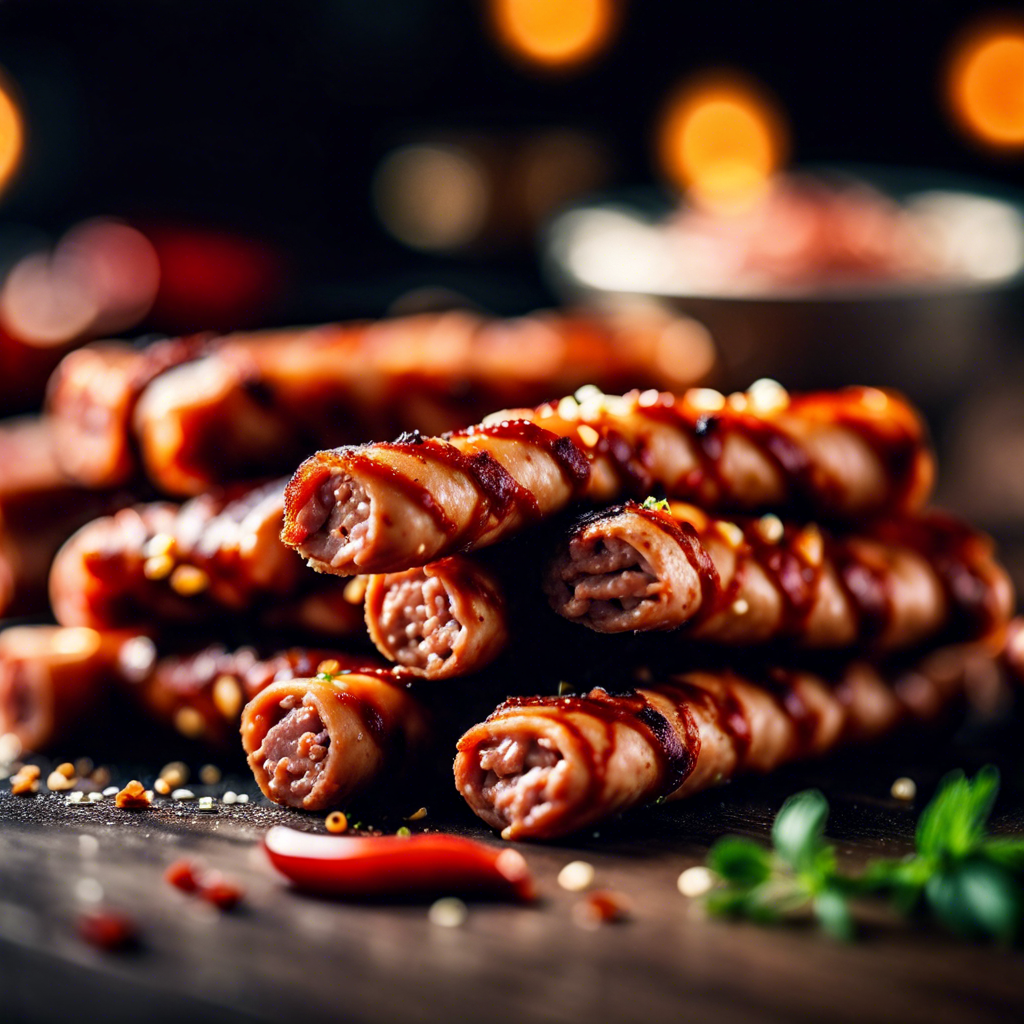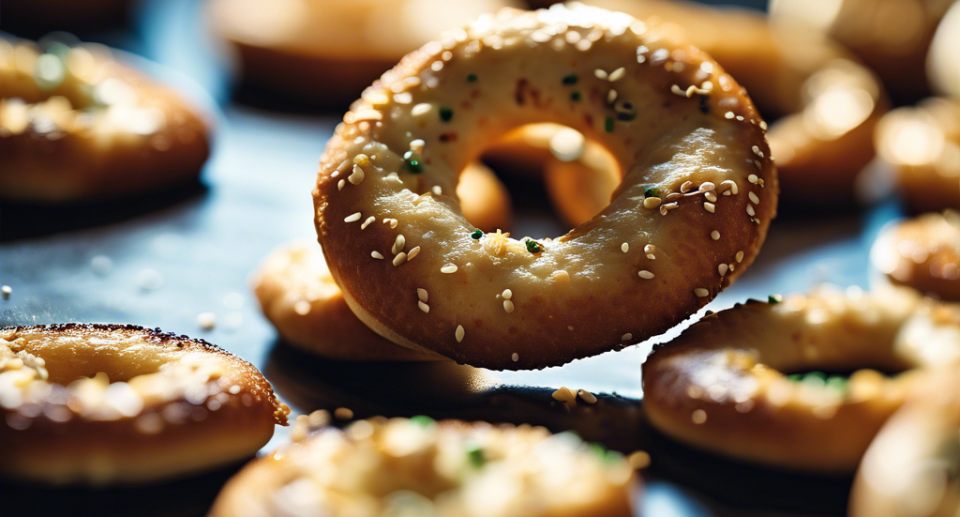Dive into Delicious: Exploring the Underrated World of Kelp as Food

Dive into Delicious: Exploring the Underrated World of Kelp as Food
For centuries, coastal communities have recognized the bounty of the ocean, not just for its seafood but also for the incredible edible plants it nurtures. Among these, kelp stands out as a nutritional powerhouse and a versatile ingredient waiting to be explored. If you’re looking for a way to add more nutrient-rich, sustainable food to your diet, kelp might just be the answer.
What is Kelp, and Why Should You Eat It?
Kelp is a type of large, brown seaweed that thrives in cool, nutrient-rich waters around the globe. Often mistaken for a plant, kelp is actually a type of algae. Don’t let that deter you, though! This “sea vegetable” packs a powerful nutritional punch, boasting a rich profile of vitamins, minerals, and antioxidants.
Here’s why you should consider adding kelp to your plate:
- Nutrient Powerhouse: Kelp is an excellent source of iodine, which is crucial for thyroid function. It’s also rich in calcium, magnesium, iron, potassium, and vitamins A, C, E, and K.
- Sustainable Source: Kelp forests grow rapidly and don’t require any land, freshwater, or fertilizers, making them a highly sustainable food source.
- Unique Flavor Profile: Kelp has a subtly salty, umami flavor that can add depth and complexity to a variety of dishes.
Ways to Enjoy Kelp in Your Diet
Ready to give kelp a try? Here are some delicious ways to incorporate it into your meals:
- Seaweed Salad: A classic and refreshing way to enjoy kelp! Look for pre-made seaweed salads at Asian markets or grocery stores, or experiment with your own homemade version using wakame or kombu kelp.
- Kelp Noodles: These low-carb noodles made from kelp are a great alternative to traditional pasta. Toss them with your favorite sauce and vegetables for a light and flavorful meal.
- Kelp as a Seasoning: Dried and ground kelp flakes, like dulse, add a savory, umami boost to soups, stews, and sauces. Think of it as a healthy alternative to MSG.
- Kelp Snacks: Roasted seaweed snacks are becoming increasingly popular and are a tasty and convenient way to enjoy kelp’s health benefits on the go.
Tips for Cooking with Kelp
- Soak Dried Kelp: Most types of kelp, except for seaweed snacks, are sold dried. Soak them in warm water for 15-20 minutes before cooking to rehydrate them.
- Start Small: If you’re new to kelp, start with small amounts and gradually incorporate it into your diet to get used to its flavor and texture.
- Experiment and Have Fun: Don’t be afraid to try kelp in different dishes! Its versatility makes it a welcome addition to soups, stir-fries, salads, and more.
By embracing kelp in our kitchens, we not only enhance our meals with deliciousness and nutrition but also support a more sustainable future for our oceans. So, dive into the world of kelp and discover a whole new world of culinary possibilities!








